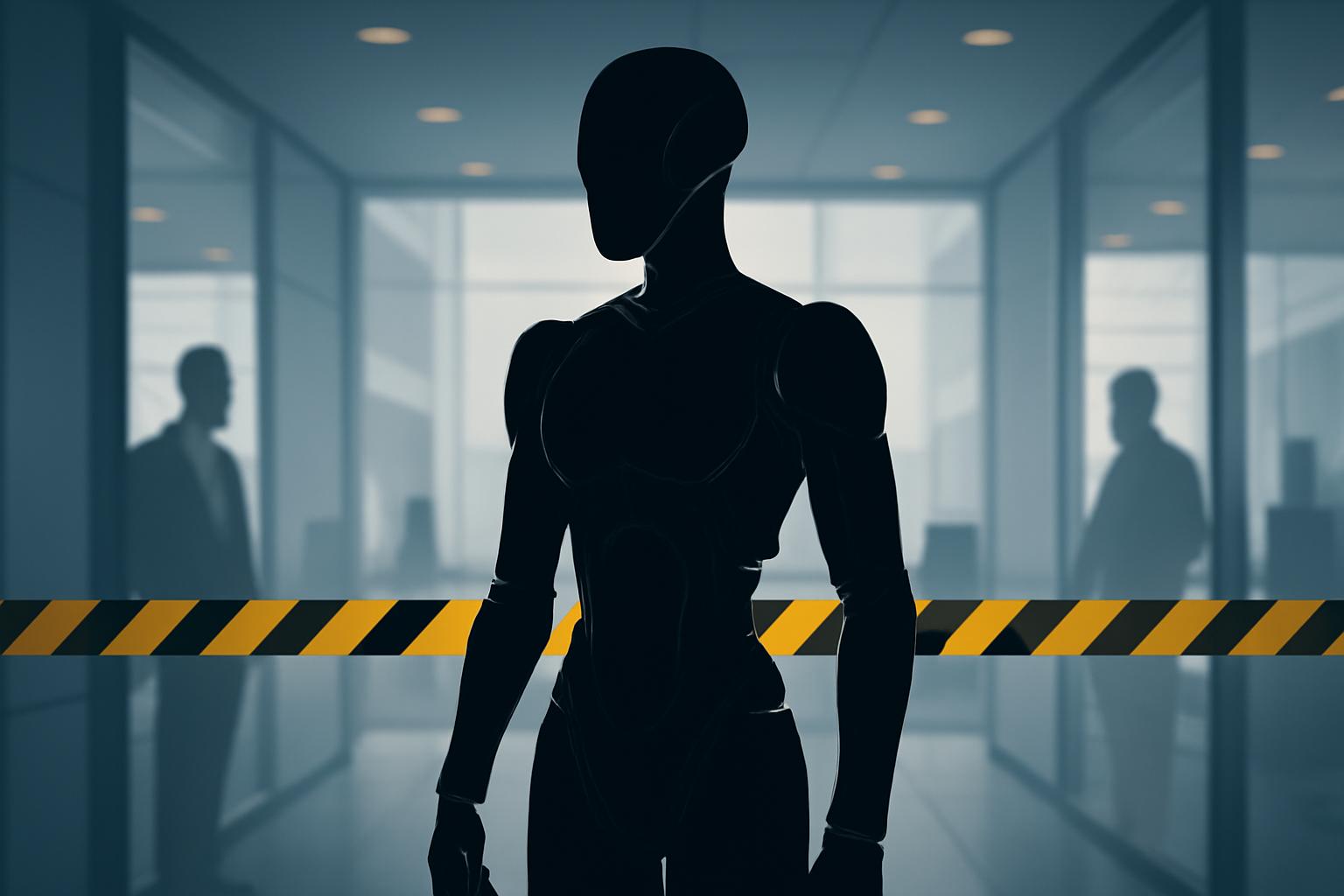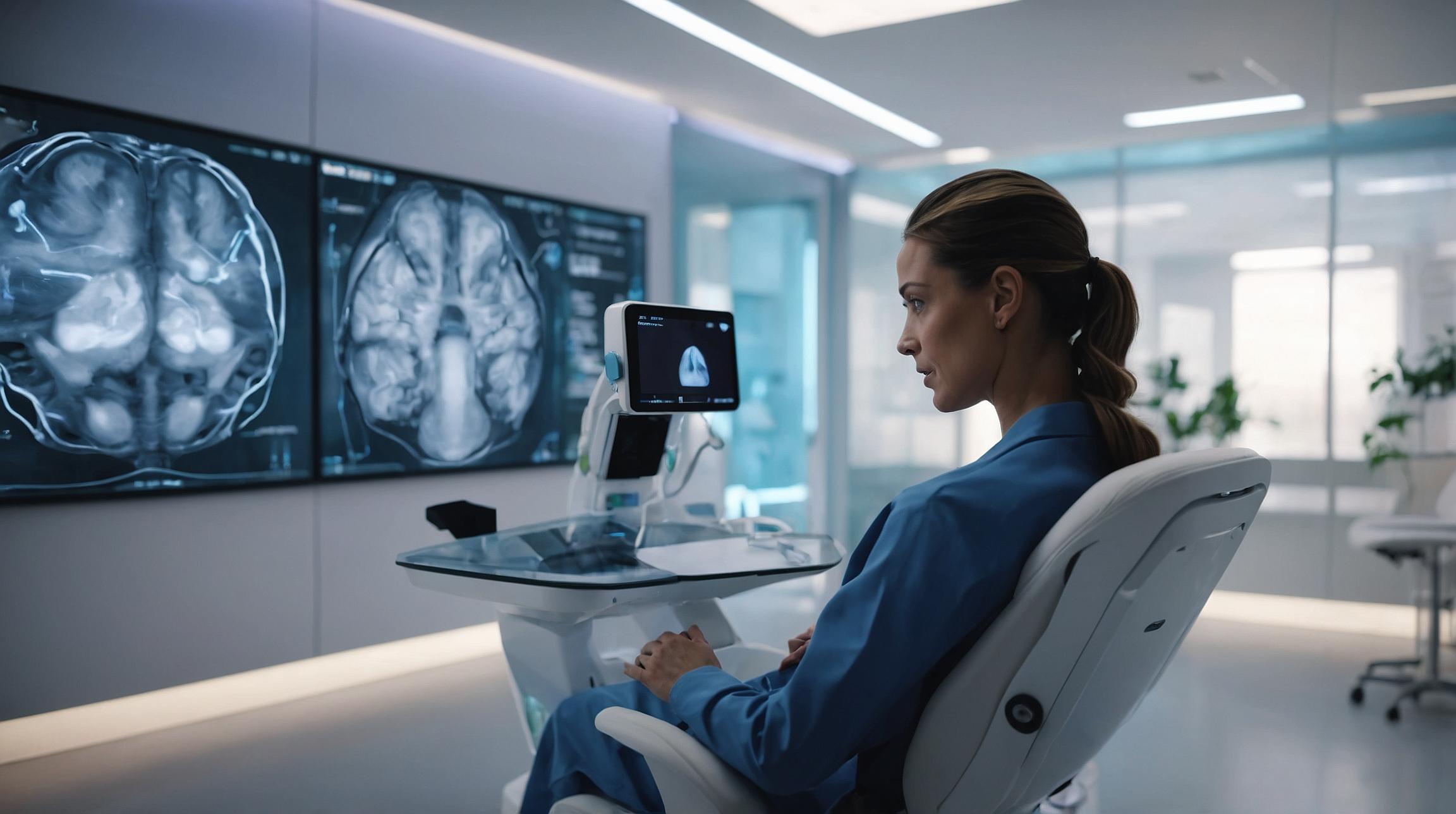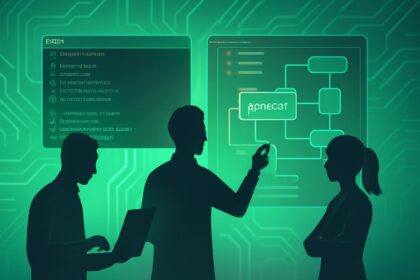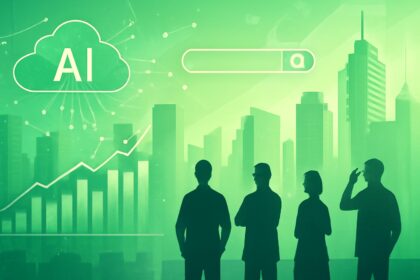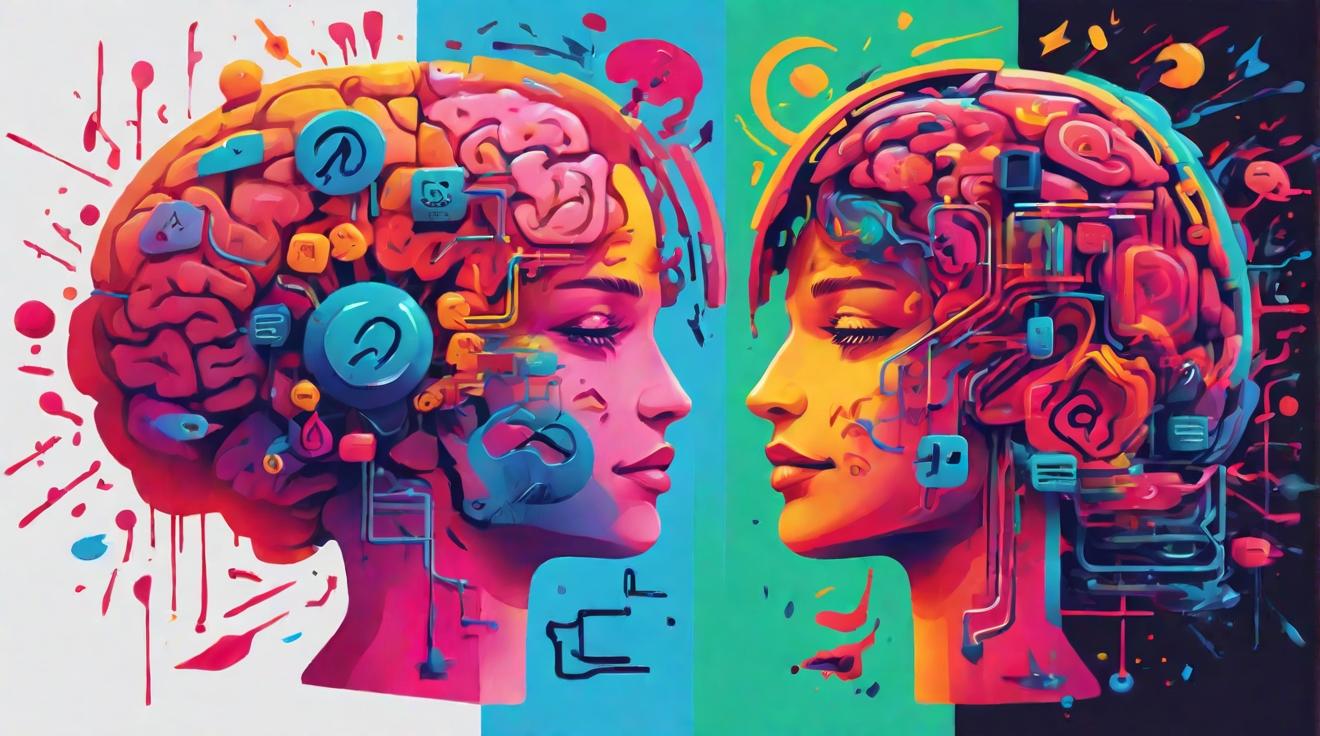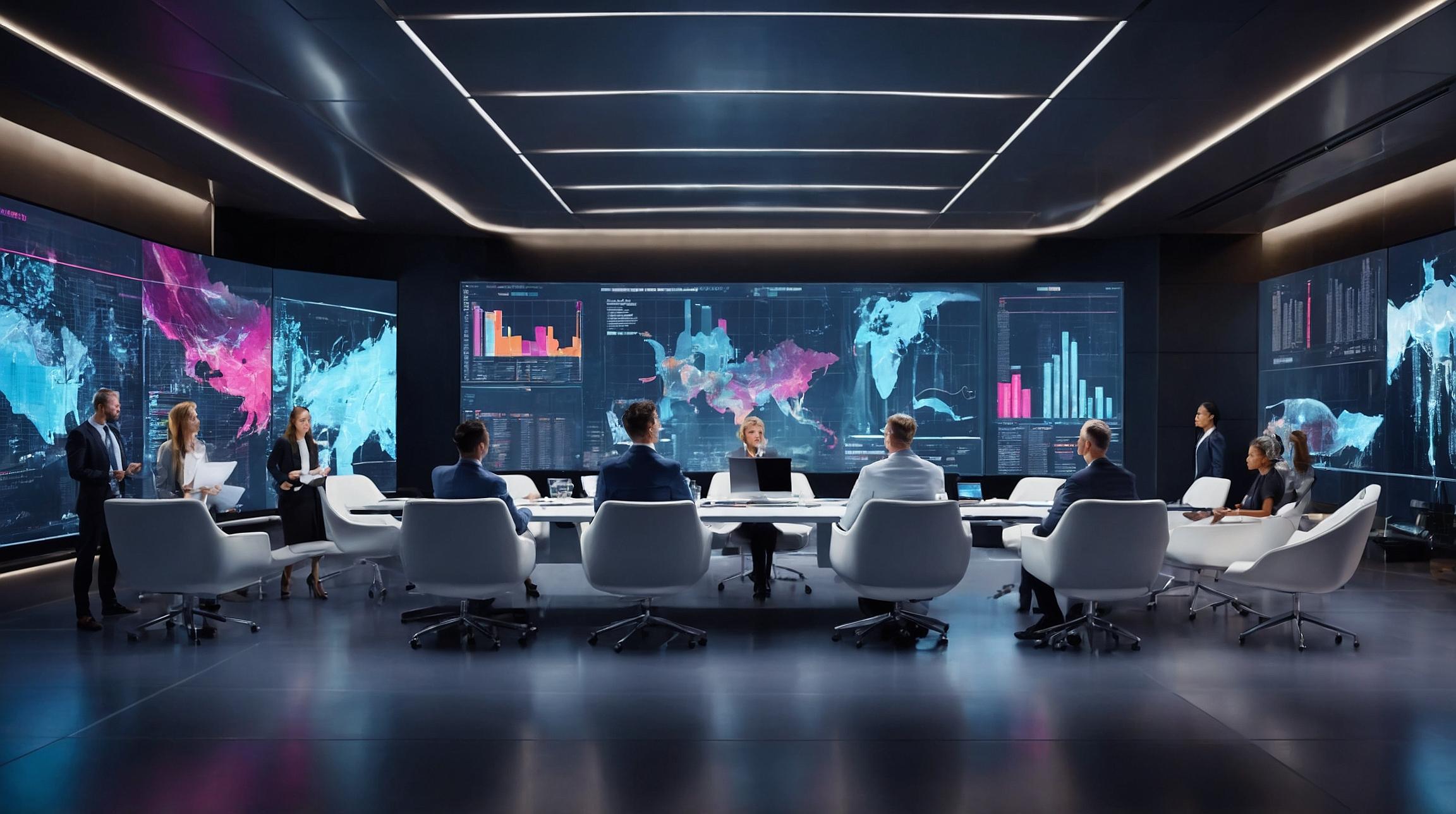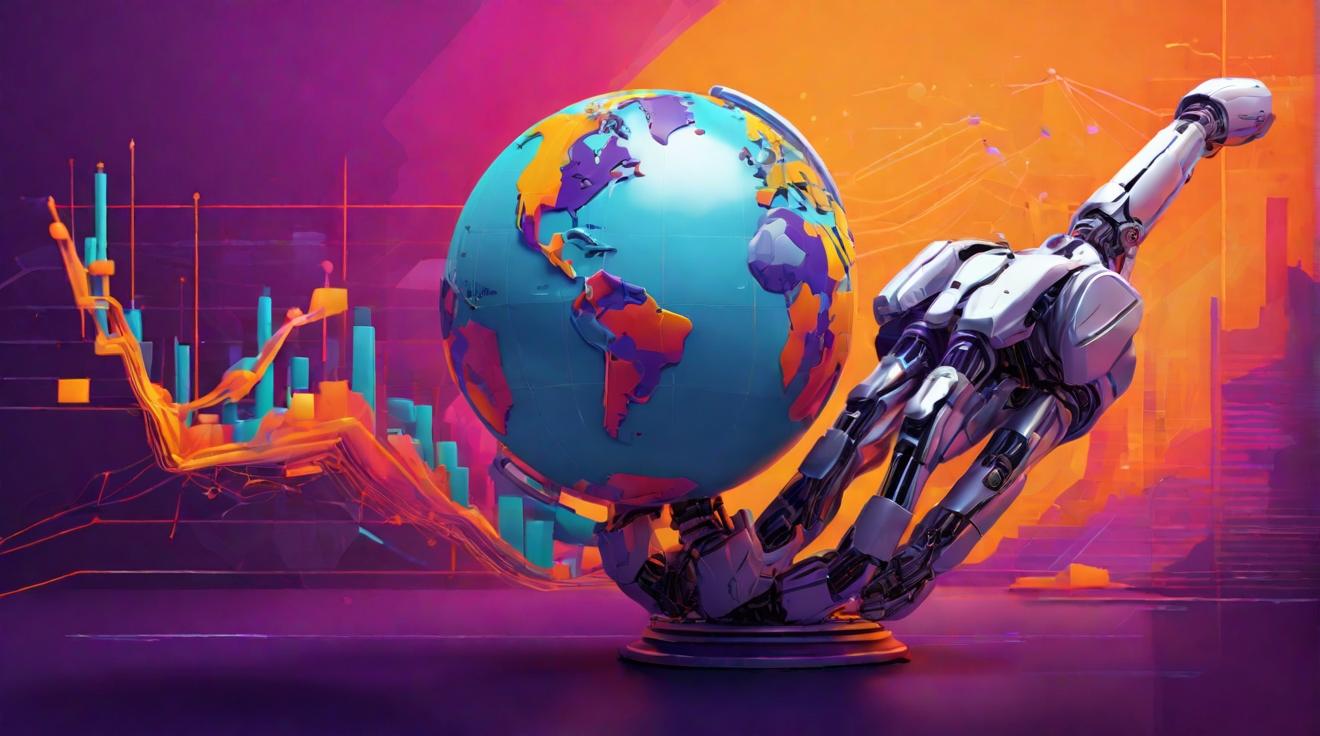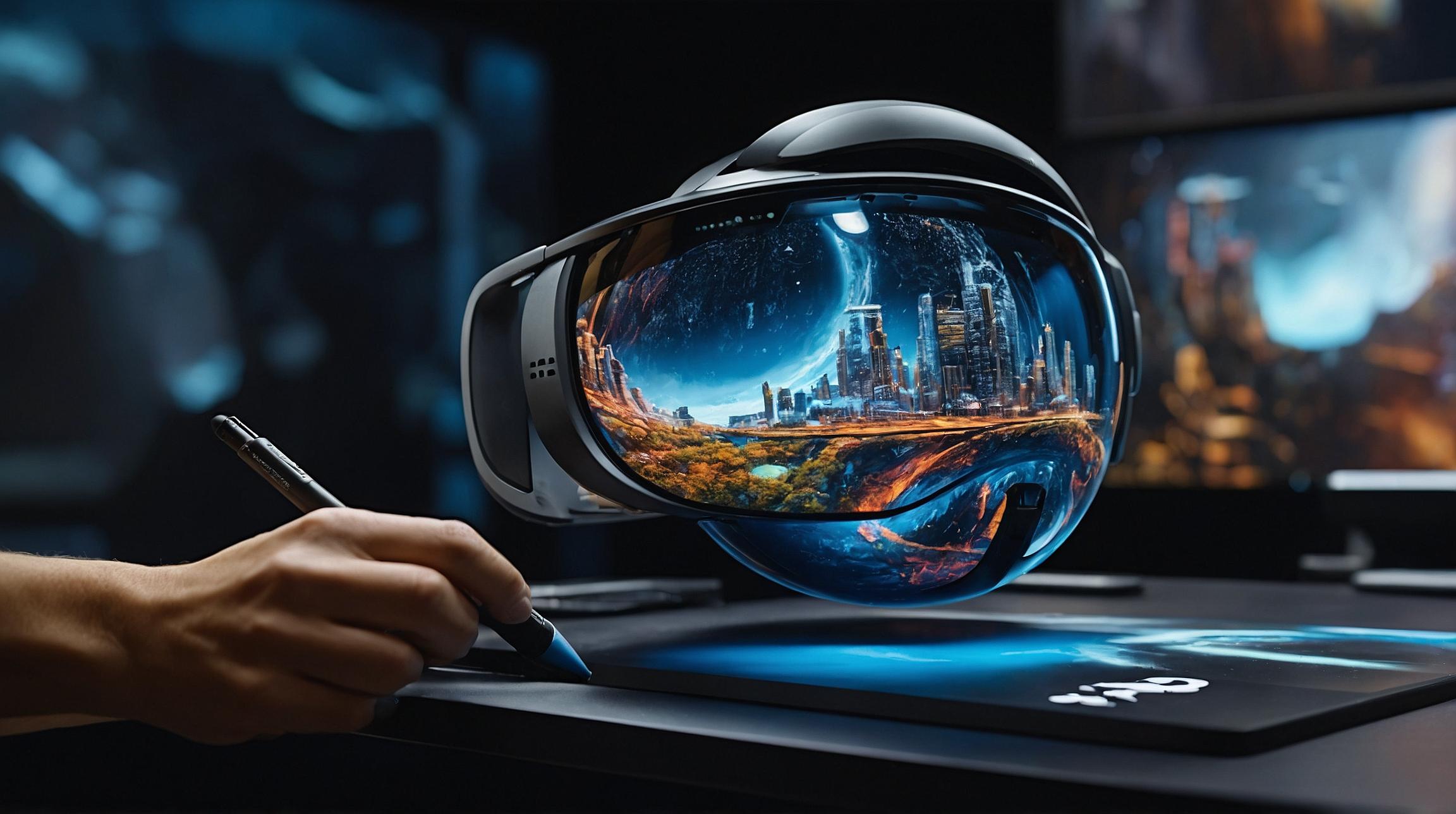Humanoid Robotics: An Emerging Investment Bubble?
Renowned roboticist and iRobot co-founder Rodney Brooks has raised concerns about a potential investment bubble in the humanoid robotics sector. Despite billions of venture capital dollars flowing into companies like Figure, Brooks warns that fundamental technical limitations, particularly in dexterity and fine motor skills, limit the practical utility of humanoid robots today. This skepticism is echoed by several robotics-focused venture capitalists and AI researchers who have cautioned TechCrunch that mass adoption of humanoid robots remains years, if not over a decade, away.Technical and Safety Challenges Impeding Progress
Fady Saad, general partner at Cybernetix Ventures and former co-founder of MassRobotics, highlighted the limited current market for humanoids beyond niche applications, such as space exploration. He emphasized the importance of cautious optimism, noting that early enthusiasm often overlooks the revenue and use case realities. Safety concerns are paramount, especially as humanoid robots begin sharing spaces with humans. Saad cautioned about risks ranging from physical injury to pets and children if a robot were to fall, to cybersecurity threats that could lead to unpredictable robot behavior within homes.“If this thing falls on pets or kids, it will hurt them. This is just one aspect of a big hurdle that few are paying attention to. What if it got hacked? What if it went crazy at night and started breaking things?” — Fady Saad, Cybernetix VenturesUncertain Timelines for Commercial Viability
The timeline for achieving commercially viable humanoid robots remains unclear. Nvidia’s Vice President of AI Research, Sanja Fidler, compared the current state of humanoid robotics to the early hype around self-driving cars, which took years longer than anticipated to approach scalability. Nvidia Chief Scientist Bill Dally echoed this cautious stance, underscoring the complexity and prolonged development cycles required for these technologies to mature. Seth Winterroth, partner at Eclipse, highlighted the technical intricacy, noting that humanoids require managing over 60 degrees of freedom, vastly more complex than typical robotic systems. He stressed that sustainable business models with strong unit economics are still a distant goal.Industry Examples Highlight Challenges
Tesla’s humanoid robot, Optimus, exemplifies the difficulties faced by companies in this space. Announced in 2021 with a planned 2023 launch, the robot’s debut in 2024 revealed limited autonomy, with much of its operation controlled remotely by humans. Tesla now projects sales beginning in 2026. Similarly, robotics startup Figure, valued at $39 billion in a recent fundraising round, faces skepticism over the number of deployed units, despite the company’s assurances.Emerging Opportunities and Market Interest
Despite these challenges, the future of humanoid robots is not dismissed outright. Rodney Brooks predicts that future robots may not resemble humans closely, potentially featuring wheels or other non-human forms, with commercial readiness more than a decade away. Startups such as Proception and Loomia are advancing tactile technology to improve robot dexterity. Others like K-Scale Labs and Hugging Face have reported unexpectedly high preorder volumes, indicating tangible demand.- K-Scale Labs received over 100 preorders within five days of launch.
- Hugging Face’s Reachy Mini humanoid bot generated $1 million in sales within five days of preorder availability.
FinOracleAI — Market View
While the humanoid robotics sector attracts significant investment and public interest, substantial technical and safety barriers remain. The complexity of achieving human-like dexterity and reliable autonomous behavior, coupled with safety and cybersecurity concerns, suggests that widespread commercial adoption is not imminent.- Opportunities: Innovations in tactile sensing and dexterity may unlock new applications over the next decade.
- Risks: Overvaluation and premature scaling could lead to an investment bubble and reputational damage for stakeholders.
- Market timing: Adoption is likely to follow a protracted timeline similar to self-driving vehicle technology.
- Safety & Security: Addressing human-robot interaction risks will be critical for consumer acceptance.
Impact: Despite robust funding, humanoid robots remain a long-term prospect due to unresolved technical and safety challenges, warranting cautious investment and tempered expectations.





